A survival shelter is no longer the sad and almost prison-like structure we all have come to think about in the past decades. The advances of architecture and the care of designers have resulted in a superb example of a survival shelter. This structure isn’t just a shelter, but could be easily considered a home. Twenty feet underground resides a lovely dwelling, fitted with anything a regular house can provide and bigger than a New York apartment. You can have the luxury of a secure cozy bedroom, a common bathroom and space for kitchen activities, bunk beds and private study, and a large living perfect for throwing a small party with other survivalists. And all of this so hard to imagine from the modest entrance, closely watched over by security cameras. Check out the pictures and see for yourself that we are not kidding when we say it will change your mind about survival shelters.
The 10′ x 50′ Texas Training Shelter

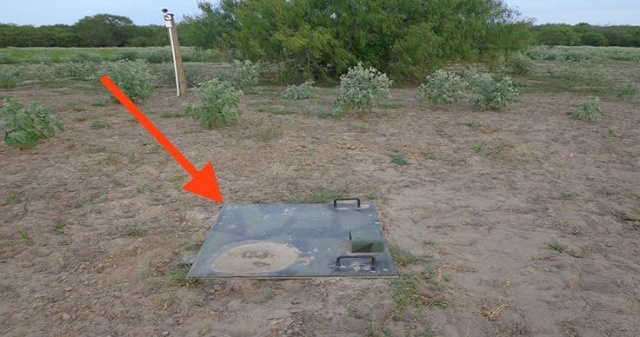

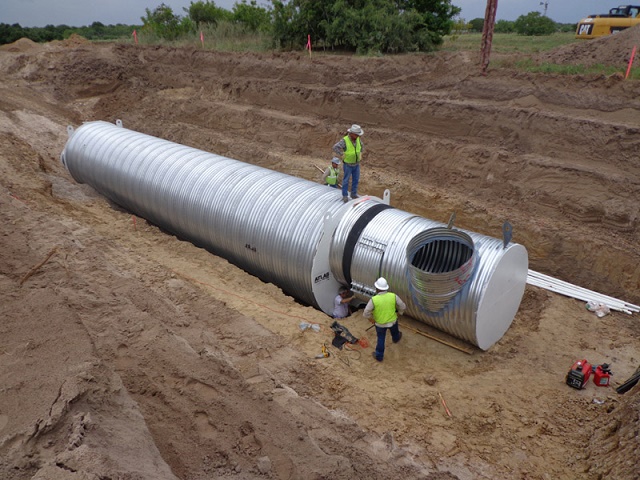
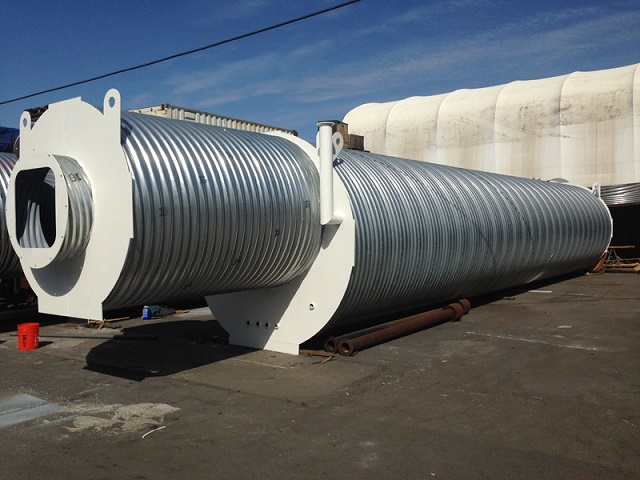
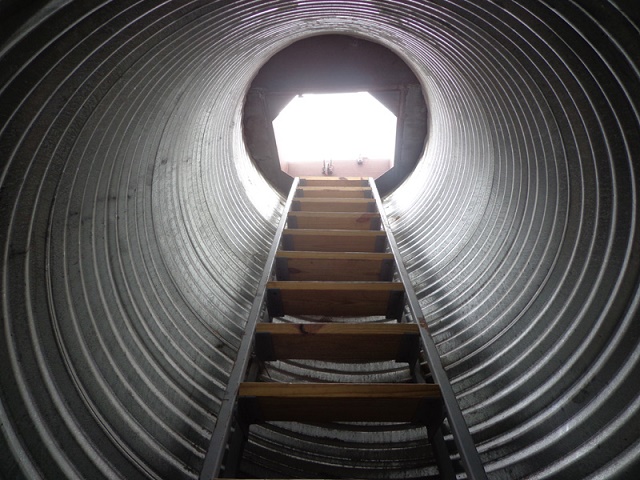
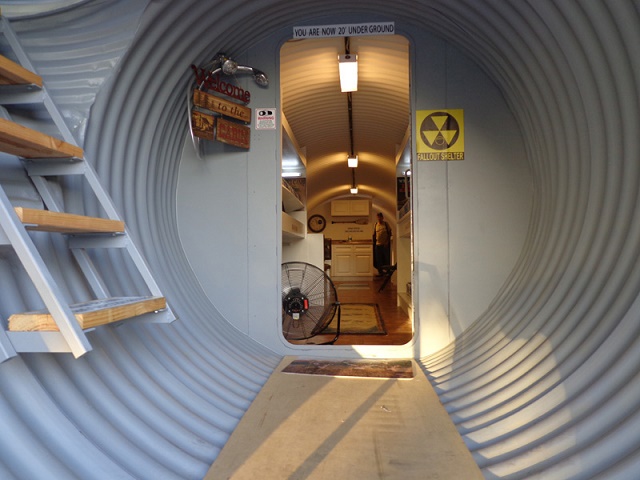







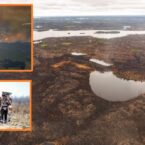
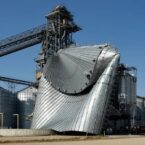



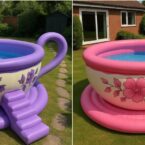



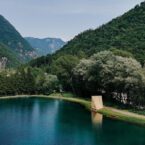
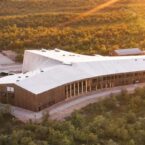
I rather live in a hobbit hole. They are underground. More quaint. But seriously though, people in the outback of Australia have lived underground for decades because of the intense heat on the surface.
Well, people in Lightning Ridge, Australia live underground. The rest of us live on top of it.
Coober Pedy., South Australia even the motels are underground.
once in my life i was involved in decommissioning private fallout shelters in huntsville alabama….. every single one was flooded… the problem is that without ventilation everything turns to mold, and with ventilation the water in the air condenses inside…
nice looking but check back in a couple years and see what they are doing… there’s only ONE WAY a shelter like this is viable….. that’s if you INSULATE THE OUTSIDE from ground contact. these shelters don’t do that.
nice looking but totally useless in REAL WORLD .
That really depends on where you are and the type of ground it is in. In Texas or most of the south I could see flooding being a problem since its hard to even have a basement in said places without it flooding some. But in places like Colorado or Washington where the soil drains too fast to even do a drainage test all you really need is a drain in case, but for the most part its not an issue. But yes it is better in all to have them insulated from the ground if possible, it makes heating and cooling more efficient.
Idaho is the same. The soil is very sandy & fast drain fields everywhere. Some areas have shallow ground water, but mostly in old flood plains & near rivers & irrigated farming.
but if dwn say 10 feet isnt that area always like 70 ish degrees ? set it on a sand / rock bed w/ a positive drainage system .. wrap tubing in 12-24 inch pipe type insulation rubber ?
When you build and bury these what they SHOULD be doing is placing them on at least two feet of large rock gravel first. Then placement, then 2 foot of gravel on the sides and finally two foot of gravel on top before then filling in with dirt. This way moisture runs away from the top, sides and bottom like a french drain. Ideally the metal should also be coated first with the same stuff now used to coat vehicles against rust and oxidation. After that a good rubberized coating should be applied for insulation and additional protection. Lastly, there should be proper ventilation that can be opened or closed from inside and that should be connected through and into a central air type system that has controlled humidity capabilities in it.
If you are going to spend this kind of money on this, spend another few thosand and do it right else as others said, in a few years mold, condensation and rust will take hold…
sorry but you fail to comprehend what i said…. i was not talking about flooding not wet soil not any other misunderstanding you had. i was talking about CONDENSATION INSIDE from BODY moisture and AIR moisture from ventilation.
the earth is an almost infinite heat sink. depending on the depth the temp is a constant 55 degrees….. when warm moist air hits cool it condenses into water.
there are some very expensive cave dwellings that wealthy people threw money at until they gave up trying to deal with the moisture.
we lived in a bluff dwelling for 5 years. the basement was always flooded by the moisture running down the walls. along with that it was IMPOSSIBLE TO HEAT!
since you MUST have VENTILATION then you have a problem.
in arid regions where the air is not as moist it’s not as much of a problem…. but even there you STILL have to deal with PERSPIRATION of the occupants.
The moisture issue and proper ventilation makes perfect sense. Along with that, with moisture, I would be concerned about the easy spread of viruses, etc.. Ventilation is a huge requirement on several levels. Air purifiers for biological, and chemical would be a must.
I live in the Rocky Mountains, we have people up here who have had fall out shelters for decades without the slightest issue with sweating, condensation or flooding. Almost every house here has a basement with none of the issues you present, I would say your issue has more to do with your elevation and humidity levels.
having one and OCCUPYING one are entirely two different things. if it is unoccupied you can close it up and put a dehumidifier in it and a small fan to circulated air to stop mold and no problem. i am talking about OCCUPIED. but you are correct about altitude and humidity.
Condensation and air purification are small problem, fine tune the temperature and make an indoor garden. Make ur system self sustaining ecosystem and everything will adjust to natural order.
and the ENTRANCE is at ground level. SURE to fill up with water sooner or later. the entrance MUST stick up above ground level at least a foot.
all good, untill the electricity goes out….this isnt a survival shelter….it’s an underground apartment…sheesh!
That was my thought, Robert! Fridge, Washing Machine, Lighting, security system and a huge friggin entertainment unit. That’s a lot of space taken up by things that won’t work if a) there’s a zombie apocalypse, b) Kim and Don get nasty or c) you live in South Australia.
what about air cleaning system, water treatment/clean water system, sewerage, food,Give details for how do you manage it till help comes or situation above ground becomes normal.
secondly what about security? if some survivors who want your provisions or home . what and how it will be handled?
I thought it was very cool, but does it come with its own power supply or what? Once the power goes out, it would need its own power supply. You can’t really count on solar (lets just say a meteor or nuclear war hit & there was no more sunlight). If there was a way around that, that would be amazing!
What keeps it under ground in the rainy season? Here in Oregon and Washington the ground gets full of water and empty underground tanks will come up to the surface. Even swimming pools have to be kept full in the winter so they don’t float like a boat.
ditto all over the south. even coffins float.
It’s all fun and games until someone parks on your front door.
So funny,, and probably true- I remember the bombs they were using at the beginning of the war on terror, called bunker busters, I’ll take my chances ground level.
Note the sandy well drained soil in this pic.
Manufacturer website for more info:
atlassurvivalshelters.com/aboutus/nbc/installation/texas/
Looks more like a high dollar storm shelter… that will lose electricity and have a lot of useless items in it. (unless it has battery back up)
please revisit this unit next year. i’d wager it’s water damaged.
But why?
why would anyone want to live under ground alive ? if a earthquake happened you would be covered up on both doors might work as a tornado shelter for mr but to live under ground. no thank you ill wait till i die and wont know it
Looks wonderful until someone takes a crap in your vent hole.
underground survival shelter …. not a nuclear fall out shelter, please don’t confuse the too.
radiation particles will seep in there in not time and they will parish just as well as above ground.
two not too.
forgot to edit it.
The major problem I see with this thing is the number of electrical appliances in it. In any ‘survival” situation I sincerely doubt that the electity would still be working. I don’t see a generator or better yet solar panels, unless I missed them somewhere.
Nice but not practical. If you are there, there has been a catastrophe, which means no electric, no nothing. Electricity runs just about everything. Where do you store the water, gas, groceries and supplies you would need to survive an extended stay.
Under the floor. They are ten foot w/o the floor and 7′ ceilings w/ a floor. I watched a show on these exact shelters. They have trap doors where you can store even 55 gal drums. And the storage runs the length of the shelter. What I don’t see in this pic is the escape hatch, usually located in the main bedroom and follows a tunnel some several feet a way before surfacing.
You get “deep marine batteries” (I guess that’s what they’re called) and keep them charged up. Now HOW you do this is a mystery to me, but the air system gets a big crank and a bio/nuclear/chemical filter and so I guess cranking the battery charger could work the same way. What else do you have to do after you get sick to death of the 900 DVD’s you stored? LOL!
What kills me is how lazy everyone that has commented here is. Apparently NOT ONE of you bothered to go to their website and actually read the specs. All the answers to your questions are there. Evidently the 1st place you run to is whining and putting obstacles in your own path when you should have said “Interesting, let’s get more info”. THAT’S the attitude that will get you through a survival situation. My guess is when the shf fully half of you will sit around whining until it hits YOU. Smh
you cant have the hatch flush with the ground. it WILL get water inside and eventually FLOOD if you dont keep it emptied. the hatch should be 6 inches but prefer 1 ft. ABOVE GROUND LEVEL.
How are the people with mobility problems going to get in and out of this? I see a lot of shelters, but people seem to forget the aging population and kids and pets that can’t access this type of structure.
How will the microwave, television, and other computer equipment work after a nuclear blast? I mean, what about electromagnetic radiation pulses?
As long as that camera is visible and in the open that container might as well be too.
My biggest question is this: if there is a need for this and you must go underground to stay alive there will be no sources on the outside to provide tv channels to watch, drinking water, etc so what makes this an advantage for people?
I don’t think I could make myself go down one of these unless perhaps it had at least two – preferably 3 escape hatches. This is due to my claustrophobia. What if a big tree blew on top of the entrance and no one knows your there because you’ve hid it so well from the public. What a slow way to die. Just my take.
Just looking at the thing made me claustrophobic. I think I would rather die than try to live in one.
Great post, I believe people should acquire a lot from this web blog its rattling user friendly.